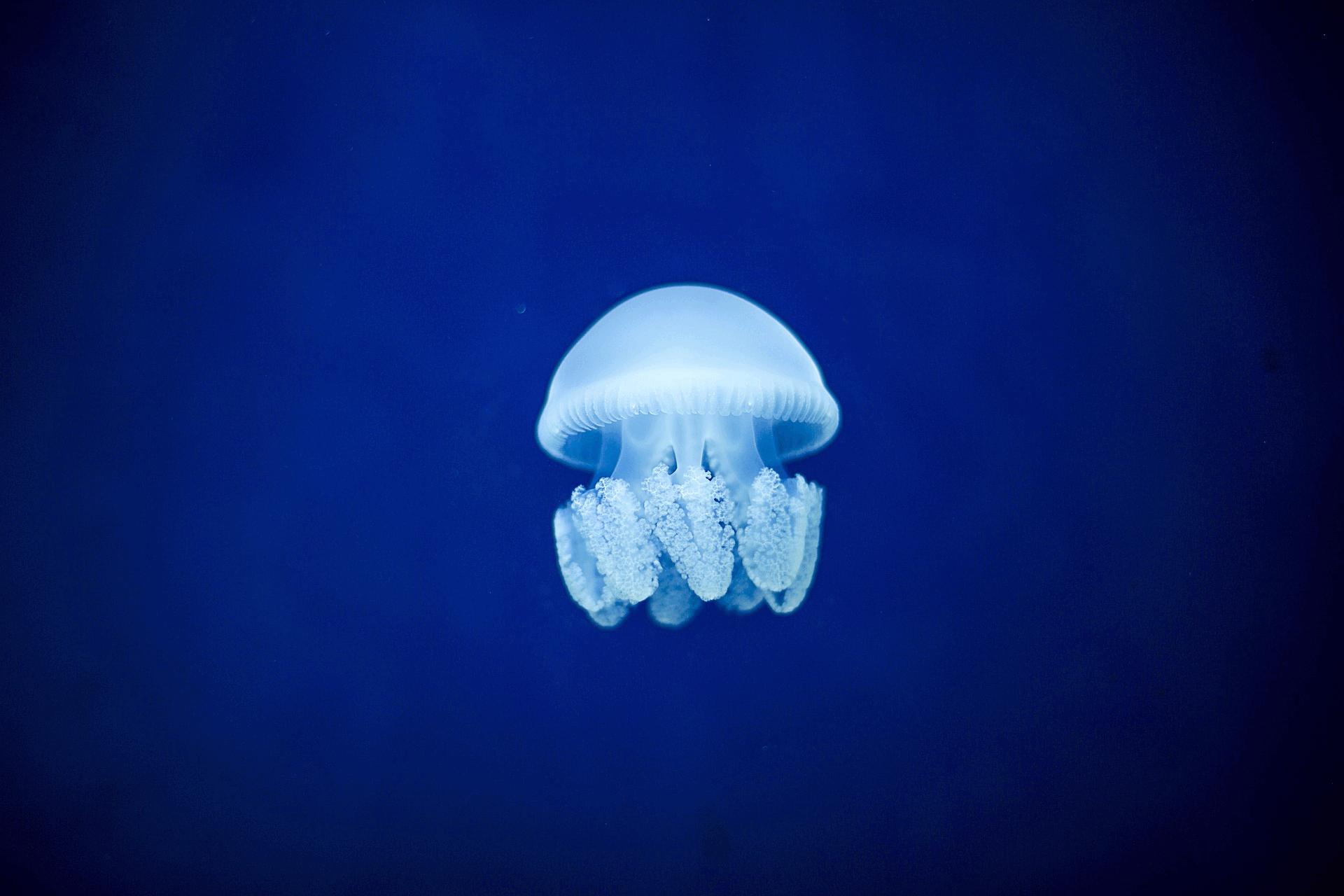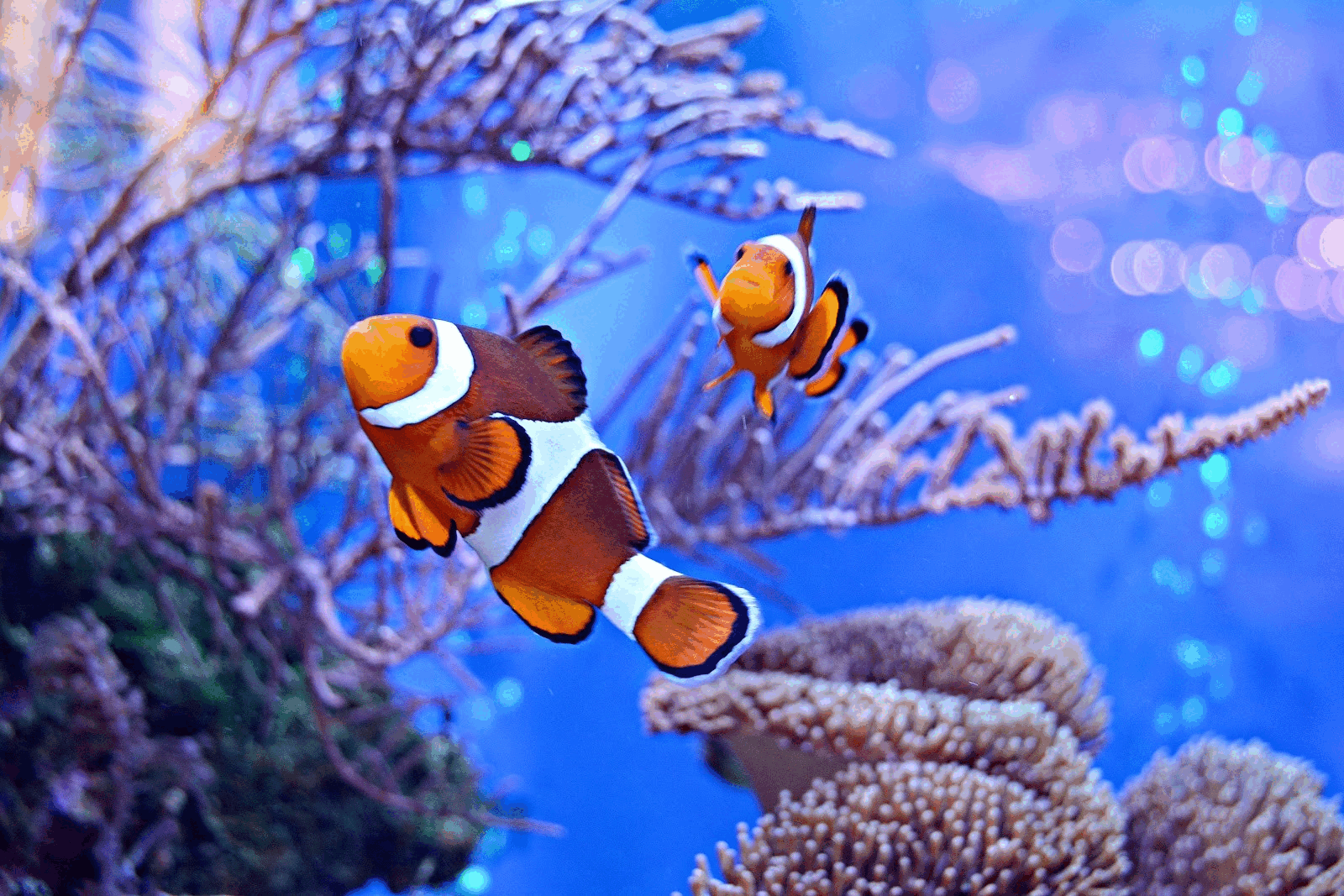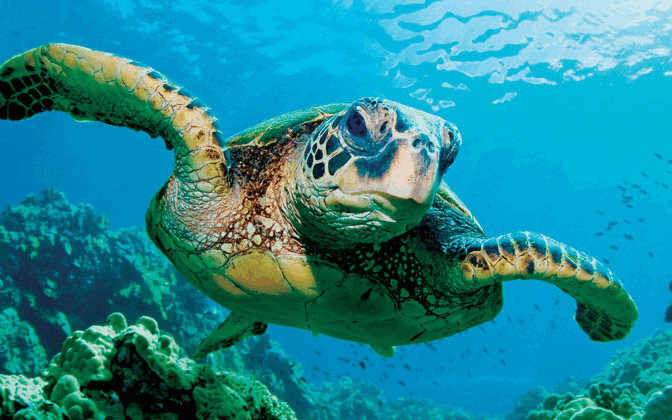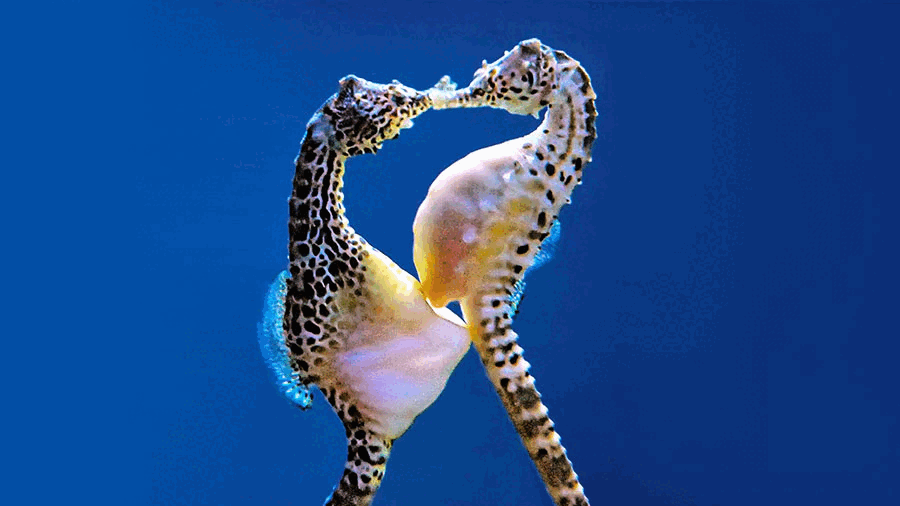
Jellyfish
Jellyfish have been around for over 500 million years and come in a variety of shapes and sizes. With their translucent bodies and pulsating movements, jellyfish can be found in both deep and shallow waters across the globe. They are known for their stinging tentacles, which they use to capture prey and defend themselves. Despite their simple anatomy, jellyfish play an important role in marine food webs and ecosystems.
Scientific Name: Scyphozoa
Diet: Plankton, small fish
Size: Varies from a few inches to several feet.
Conservation Status: Not Evaluated

Clownfish
The Clownfish, also known as the anemonefish, is a small, colorful fish found in the warm waters of the Pacific and Indian Oceans. Famous for its vibrant orange and white stripes, the Clownfish forms a symbiotic relationship with sea anemones, where it finds protection among the anemone’s stinging tentacles. In return, the Clownfish provides the anemone with food and protection from predators. This species is known for its playful behavior and is a popular fish in marine aquariums (Nemo).
Scientific Name: Amphiprioninae
Diet: Crustaceans, algae
Size: 4-5 inches
Conservation Status: Least Concern

Sea Turtle
Sea Turtles are ancient mariners of the ocean, with species like the Green Sea Turtle, Leatherback Turtle, and Loggerhead Turtle navigating the world’s oceans. These reptiles are known for their long migrations between feeding grounds and nesting sites. Sea Turtles play a crucial role in marine ecosystems, helping to maintain the balance of seagrass beds and coral reefs.
Scientific Name: Chelonioidea
Diet: Sea grasses, jellyfish, crustaceans
Size: 2-7 feet (varies by species)
Conservation Status: Varies by species

Seahorse
Seahorses are small, delicate fish known for their horse-like heads, prehensile tails, and the ability to change color to blend in with their surroundings. Found in shallow coastal waters, seahorses are often seen clinging to seagrass or coral with their tails. Unlike most fish, seahorses have a very different reproductive system, with the males carrying and giving birth to the young.
Scientific Name: Hippocampus
Diet: Small shrimp and plankton
Size: 0.6 to 14 inches (varies by species)
Conservation Status: Varies by species